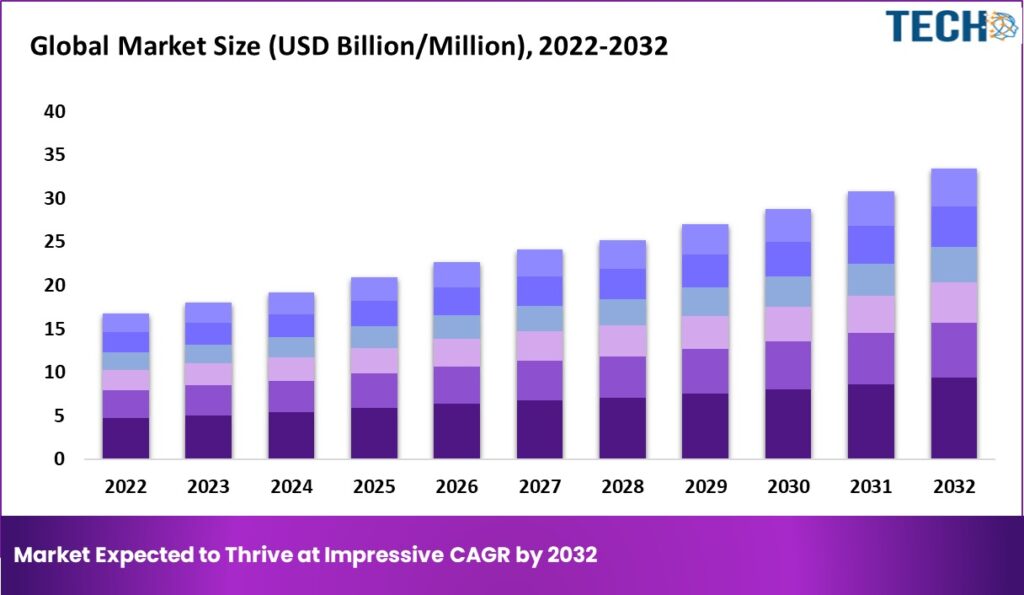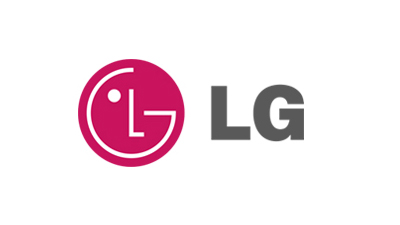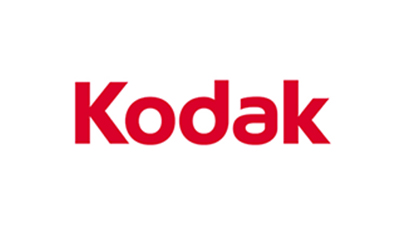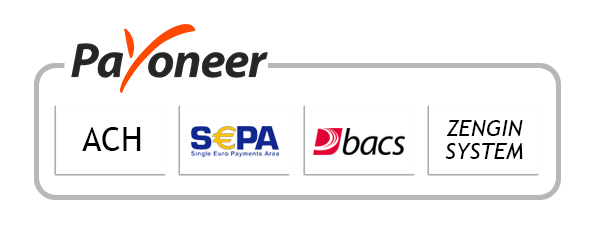
-
Report ID 138205 -
Published Date July 2023 -
Delivery Format PDF/PPT/Word -
Editor's Rating
-
Report Details
Market Overview
Generative AI is a rapidly evolving field of artificial intelligence that is transforming the way we create and design products. By using algorithms and neural networks, generative AI can generate new content, such as images, designs, and audio, that is similar to what humans can create. This technology is having a major impact on the industrial design market, as it allows designers to create new and innovative products more quickly and efficiently.
In 2022, the worldwide market size for generative AI in industrial design was valued at USD 164.35 million. It is projected to reach approximately USD 1,483.40 million by 2032, exhibiting a compound annual growth rate (CAGR) of 24.62% from 2023 to 2032.

This growth is being driven by a number of factors, including:
- The increasing demand for customized and personalized products
- The need to reduce product development costs
- The growing popularity of 3D printing
- The increasing availability of data and computing power
Generative AI is expected to play an increasingly important role in the industrial design market in the future. The technology is expected to be used to create new and innovative products, reduce product development costs, and improve product quality. Generative AI is also expected to be used to personalize products for individual customers.
Key Takeaways
- The market is being driven by the increasing demand for customized and personalized products, the need to reduce product development costs, the growing popularity of 3D printing, and the increasing availability of data and computing power.
- North America is the largest market for generative AI in industrial design, followed by Europe and Asia Pacific.
- The key players in the market include Autodesk, Google, Nvidia, Siemens, and Autodesk.
Largest market and Fastest growing market
The largest market for generative AI in industrial design is North America, followed by Europe and Asia Pacific. North America is expected to remain the largest market for the foreseeable future, due to the high demand for innovative products and the availability of skilled professionals.
The fastest-growing market for generative AI in industrial design is Asia Pacific. This is due to the growing economic power of the region and the increasing demand for personalized products.
Here is a table showing the market size and growth rate of generative AI in industrial design by region:
Region Market Size (2022) Growth Rate (2023-2032)North America $412.06 million 34.11% Europe $288.27 million 32.22% Asia Pacific $171.69 million 36.33% Latin America $45.16 million 30.44% Middle East & Africa $13.82 million 38.55% Drivers
The increasing demand for customized and personalized products is one of the key drivers of generative AI in industrial design market. Consumers are increasingly demanding products that are tailored to their individual needs and preferences. Generative AI can help designers to create products that are more personalized and unique.
The need to reduce product development costs is another key driver of the market. Generative AI can help designers to reduce the cost of product development by automating the design process. This can save companies time and money, and it can also help them to bring new products to market faster.
The growing popularity of 3D printing is also a key driver of the market. 3D printing allows designers to create physical prototypes of their designs quickly and easily. This can help designers to iterate on their designs more quickly, and it can also help them to get feedback from customers earlier in the design process.
The increasing availability of data and computing power is also a key driver of the market. Generative AI algorithms require large amounts of data to train. The increasing availability of data, such as product images and customer preferences, is making it easier for designers to train generative AI algorithms.
Restraints
One of the main restraints of the market is the lack of skilled professionals. Generative AI is a complex technology, and it requires specialized skills to use effectively. The lack of skilled professionals is preventing some companies from adopting generative AI.
Another restraint of the market is the high cost of generative AI solutions. Generative AI solutions can be expensive, and this is preventing some companies from adopting them. However, the cost of generative AI solutions is expected to decrease in the future, as the technology becomes more widely adopted.
Opportunities and Challenges
The generative AI in industrial design market offers a number of opportunities for businesses. These opportunities include:
- The ability to create new and innovative products
- The ability to reduce product development costs
- The ability to improve product quality
- The ability to personalize products for individual customers
However, the market also faces a number of challenges, including:
- The lack of skilled professionals
- The high cost of generative AI solutions
- The regulatory challenges associated with the use of generative AI
Market News
Sure, here are some recent developments in generative AI in industrial design:2021
- Autodesk released a new generative design tool called Dreamcatcher.
- Nvidia launched its Omniverse platform, which allows designers to collaborate on 3D projects in real-time.
- Google released a new AI tool called Imagen, which can generate realistic images from text descriptions.
2022
- Siemens released a new generative design tool called Xcelerator.
- Dassault Systèmes launched its 3DEXPERIENCE platform, which includes a generative design module.
- OpenAI released a new AI tool called DALL-E 2, which can generate more realistic and detailed images from text descriptions.
2023
- It is expected that there will be further development of generative AI algorithms, making them more sophisticated and accurate.
- It is also expected that there will be an increase in the availability of data and computing power, which will make it easier to train generative AI algorithms.
- It is also expected that there will be a growing interest of companies in using generative AI to improve their product design processes.
Top Market Players
- Autodesk, Inc.
- Siemens
- Ansys, Inc.
- Dassault Systèmes SE
- PTC Inc.
- Hexagon AB
- Adobe Inc.
Market Segmentation
By Deployment Mode
- On-Premises
- Cloud-Based
By Application
- Product Design
- Customization
- Material Design
- Prototyping and Simulation
- Other Applications
By Industry
- Automotive
- Aerospace
- Furniture
- Construction & Architecture
- Other Industries
By Geography
- North America
- Europe
- Asia-Pacific
- Latin America
- Middle East and Africa
5 Predictions about the Future of Generative AI in Industrial Design
- Generative AI will be used to create more personalized and customized products. As generative AI algorithms become more sophisticated, they will be able to learn more about individual customer preferences. This will allow designers to create products that are tailored to the specific needs and wants of each customer.
- Generative AI will be used to reduce product development costs. Generative AI can automate many of the tasks involved in the product development process, such as generating CAD models and prototypes. This can save companies time and money, and it can also help them to bring new products to market faster.
- Generative AI will be used to improve product quality. Generative AI can be used to analyze large datasets of product data, such as customer feedback and warranty claims. This data can be used to identify potential problems with products and to improve the design process.
- Generative AI will be used to create new and innovative products. Generative AI can be used to generate new ideas for products. This can help designers to come up with new and innovative products that meet the needs of customers.
- Generative AI will be used to create more sustainable products. Generative AI can be used to design products that are more efficient and less wasteful. This can help to reduce the environmental impact of products.
FAQs
1. What is generative AI?
Generative AI is a type of artificial intelligence that can generate new content, such as images, designs, and audio. This content is generated by algorithms that learn from existing data.
2. How is generative AI used in industrial design?
Generative AI is used in industrial design to create new and innovative products, reduce product development costs, and improve product quality. It can also be used to personalize products for individual customers.
3. What are the benefits of using generative AI in industrial design?
The benefits of using generative AI in industrial design include:
- The ability to create new and innovative products.
- The ability to reduce product development costs.
- The ability to improve product quality.
- The ability to personalize products for individual customers.
4. What are the challenges of using generative AI in industrial design?
The challenges of using generative AI in industrial design include:
- The lack of skilled professionals.
- The high cost of generative AI solutions.
- The regulatory challenges associated with the use of generative AI.
5. What is the future of generative AI in industrial design?
The future of generative AI in industrial design is very promising. Technology is expected to play an increasingly important role in the design process, as it becomes more sophisticated and affordable. Generative AI is expected to be used to create new and innovative products, reduce product development costs, and improve product quality. It is also expected to be used to personalize products for individual customers.
-
Table Of Content
Research Insights & Deliverables
 Development and Future Forecast
Development and Future Forecast Competitive benchmarking
Competitive benchmarking Company Revenue Statistics
Company Revenue Statistics Rising Regional Opportunities
Rising Regional Opportunities Technology Trends and Dynamics
Technology Trends and Dynamics Technology Assessment
Technology Assessment
-
Inquiry Before Buying
Research Insights & Deliverables
 Development and Future Forecast
Development and Future Forecast Competitive benchmarking
Competitive benchmarking Company Revenue Statistics
Company Revenue Statistics Rising Regional Opportunities
Rising Regional Opportunities Technology Trends and Dynamics
Technology Trends and Dynamics Technology Assessment
Technology Assessment
-
Request Sample
Research Insights & Deliverables
 Development and Future Forecast
Development and Future Forecast Competitive benchmarking
Competitive benchmarking Company Revenue Statistics
Company Revenue Statistics Rising Regional Opportunities
Rising Regional Opportunities Technology Trends and Dynamics
Technology Trends and Dynamics Technology Assessment
Technology Assessment














